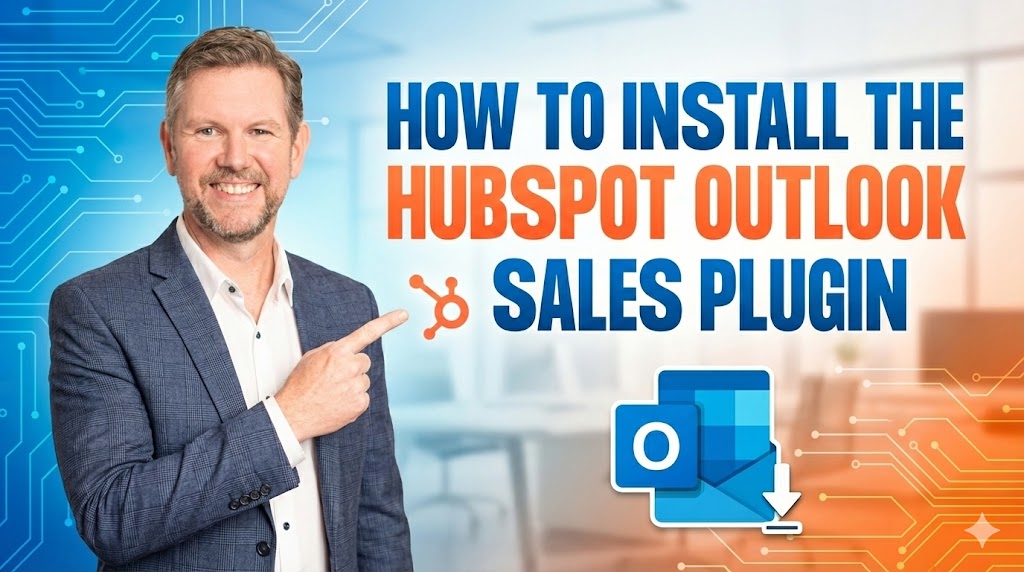
Content Marketing,Content Marketing | 5 min read
At a glance, Inbound Marketing and Demand Marketing may look the same to the naked eye. However, the two have obvious differences when you look at it closely.
Inbound marketing focuses on creating valuable content that attracts potential customers to your brand. This can include blog posts, social media content, e-books, webinars, and more.
Inbound marketing aims to attract leads and then nurture them through the sales funnel, with the ultimate goal of converting them into sales or marketing-qualified leads, then potentially becoming customers in the long run.
One significant aspect of Inbound marketing is that the collaterals and content are either benefit or feature-packed to entice the market. Talking about the consumer's benefits is a classic feature of inbound marketing that attracts market attention. In general, inbound marketing capitalises on the services or products/features and how the consumer/market can benefit from the features.
Demand marketing, on the other hand, capitalises on the market’s “problems” that its products/services can solve. In a demand marketing campaign, you would often see content that talks about the problem, which generates a need for the market to get to know your product a bit more.
With demand-led marketing, your content is mainly driven by creating the need and showcasing a solution that features your brand. For small businesses or start-ups, the way to do demand marketing is to develop programs to increase demand for their brand.
Demand marketing for a B2B Set Up may include:
- Free informational Marketing
- Webinars, e-books,
- Influencer marketing,
- Conversational Marketing
- Chat,
- Instant Messaging
- Email marketing
- Digital Paid Advertising
- Free trials/apps/tools/platforms
Demand marketing’s content is perceived to be strong as it is problem-based, as opposed to solution-based. Doing so generates interest and drives immediate action, such as purchasing or signing up for a free trial.
While there is some overlap between the two approaches, inbound marketing focuses more on building long-term relationships with potential customers.
In contrast, demand marketing focuses more on generating short-term results. Both methods can be effective depending on your goals and target audience.
When a business adopts inbound marketing as its go-to-market strategy, they also tend to include after-sales services, ensuring that they have a good relationship with the customers and building lasting relationships with them to gain repeat customers. However, with demand-led marketing, the short-term focus is to make the audience hyper-aware of the need for a problem to be solved.
In this blog, we will explore the benefits of demand-led marketing and inbound marketing so you can decide which route to take for your brand’s marketing strategies.

Benefits of Demand Marketing
Several benefits of demand marketing make it an essential part of any modern marketing strategy. Here are a few:
1. Increased Brand Awareness:
One of the primary benefits of demand marketing is that it helps to increase brand awareness. By creating demand for a product or service, businesses can generate interest and attract new customers to their brand. In most cases, since demand marketing content greatly focuses on hoking the customers’ interest, tendencies are that customers are going to research your product and find out more information about it.
2. Improved Lead Generation:
Demand marketing is an effective way to generate leads for a business. By creating demand for a product or service, businesses can attract potential customers more likely to be interested in what they offer. Since the primary strategy is to attract and pique their interest, more customers will be curious and intrigued by what you can offer.
3. Higher Conversion Rates:
Because demand marketing focuses on building engagement with potential customers, it often results in higher conversion rates. When a company has created a demand for its product or service, customers are more likely to convert to paying customers.
Benefits of Inbound Marketing
1. Cost-effective:
Inbound marketing typically requires lower upfront costs than traditional outbound marketing methods such as advertising. By creating content that attracts potential customers, inbound marketing can generate leads and conversions at a lower price.
2. Targeted audience:
Inbound marketing targets potential customers already interested in a particular product or service, making the audience more qualified and likely to convert.
3. Builds trust and credibility:
Inbound marketing can help establish trust and credibility with potential customers by providing valuable content and information. This can lead to a stronger relationship and increased loyalty over time.
4. Long-term results:
Inbound marketing is a long-term strategy focusing on building relationships with potential customers over time. This can lead to more sustainable and consistent results than traditional marketing methods focusing on short-term gains.
5. Measurable results:
Inbound marketing is often data-driven, which means that marketers can measure the success of their campaigns and make data-driven decisions to optimise their strategies. By continually analysing and improving their tactics, inbound marketers can increase the effectiveness of their campaigns over time.

Before you choose whether to adopt inbound marketing or demand marketing, there are many factors to consider. Both marketing strategies are great and promising, but you must ensure that your chosen strategy resonates with your target market.
Here are a few things you may want to consider while you're in the process of selecting a go-to-market strategy.
Define your target audience: The first step in choosing a marketing strategy is identifying your target audience. Who are your ideal customers, and what are their needs and pain points? This will help you pick a strategy most likely to resonate with your target audience.
Don't go for an easy strategy. Go for a strategy that covers all bases and will give you the most ROI in the future. Each strategy has different pros and cons, and ensuring that you choose the right one according to your tone and target is detrimental to your success.
Evaluate your business goals: What are your business goals, and how does your marketing strategy align with them? For example, if your goal is to increase sales, you should focus on a strategy geared towards generating leads and conversions. Choosing a strategy that doesn’t align with your goals is almost like throwing money down the drain. Don't make the mistake of following a marketing strategy that doesn’t align with your business goals.
Analyse your budget: Your marketing budget will also play a role in determining your marketing strategy. Consider how much you will spend on marketing and what tactics will give you the most bang for your buck. Always start with strategies that are free if you’re a brand-new brand. If you can manage to spend for your strategies, start with a small budget so you don’t exhaust all your budgets when at that uncertain stage in your business.
Consider your competition: What marketing strategies are your competitors using, and how can you differentiate yourself? This will help you choose a strategy that sets you apart and resonates with your target audience.
Test and measure your results: Once you have selected a marketing strategy, it's essential to test and measure your results to determine its effectiveness. Use data to make data-driven decisions and refine your strategy over time. Never forget to measure and evaluate marketing efforts so that you’ll know which strategies are worth keeping or discontinuing.
If you’re in the process of exploring marketing strategies for your business, reach out to Ucidity so we can help you find the best marketing strategy that will make your business gain the most revenue.
Published on April 05, 2023

%20Pull%20Marketing%20Strategies.jpg)

3.jpg)
.jpg)